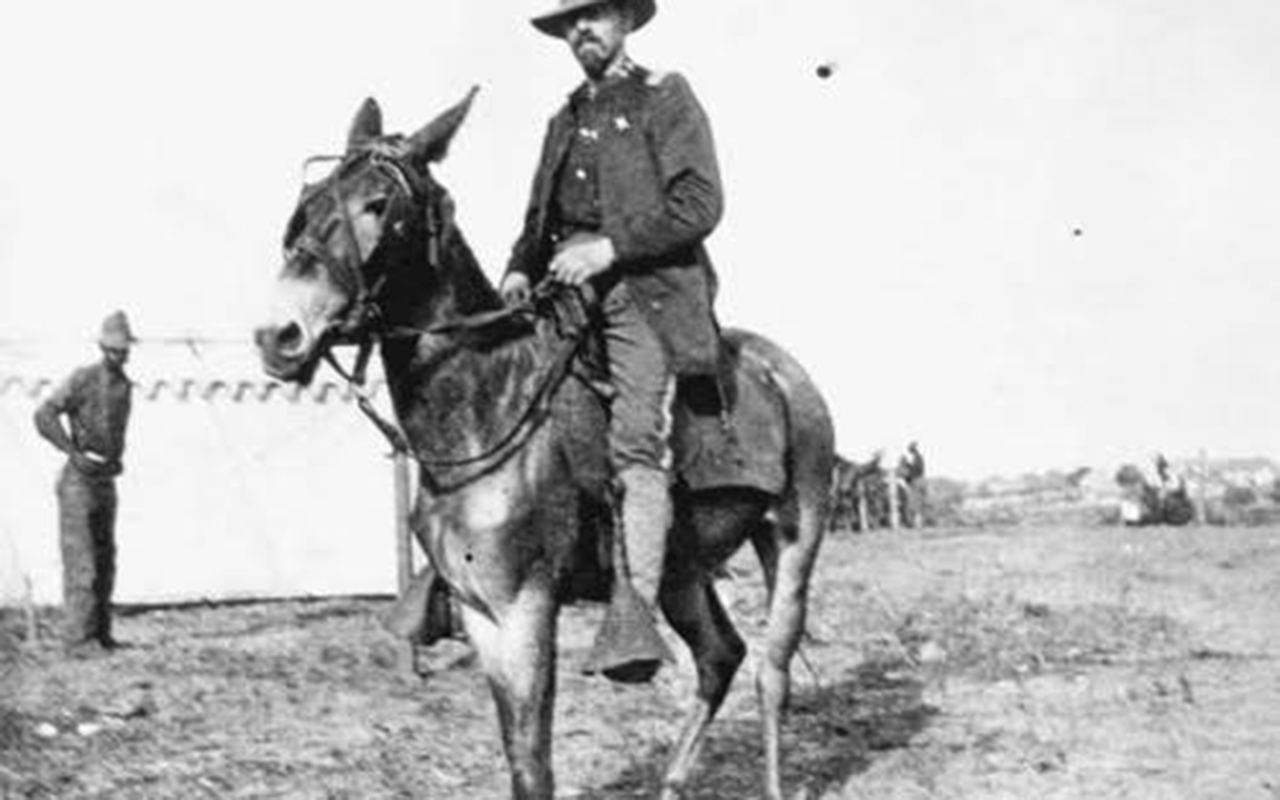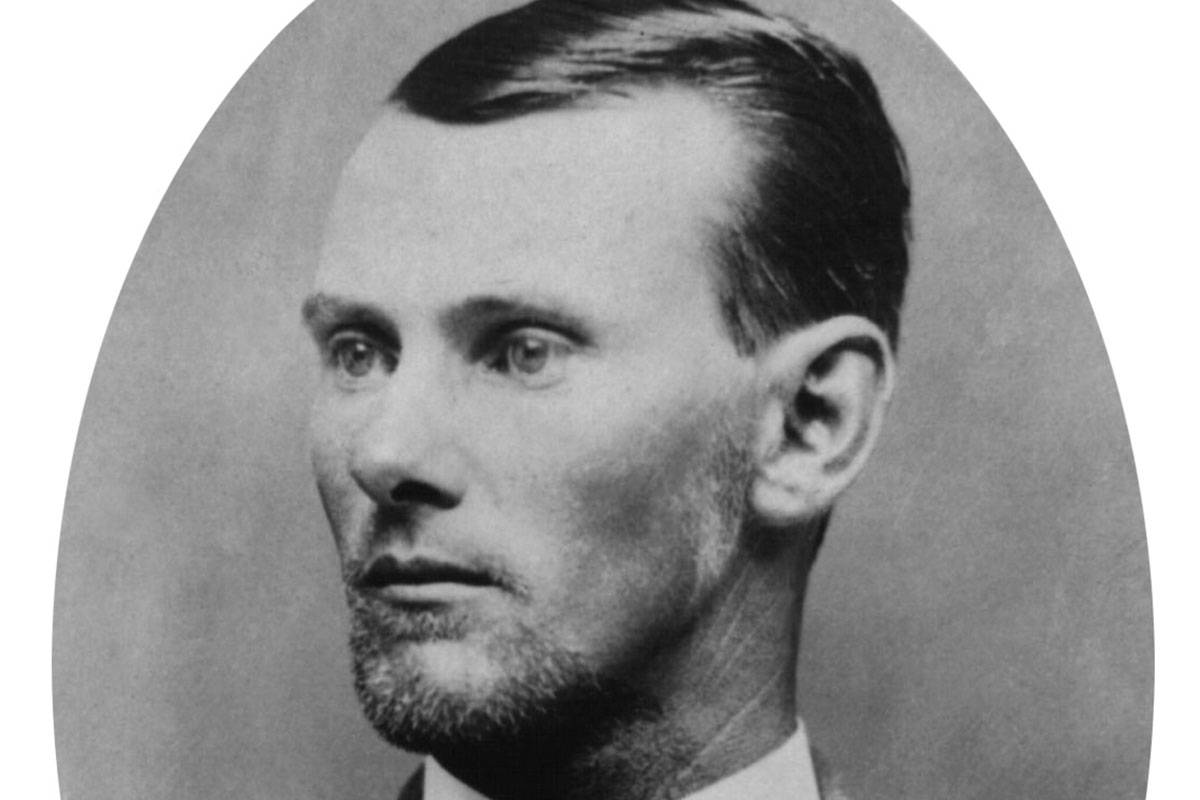
During the early years of the Santa Fe Trade, Americans determined that mules, the hybrid offspring of a mare horse and male donkey in New Mexico were a new variety. These Mexican mules had incredible strength and endurance and fared better than horses when forage was poor, and water was scarce. Their steely hoofs withstood the shock and abrasion of the rocky ground. They possessed native canniness; a combination of instinct, stubborn caution and intelligence, which made them wary of perilous trails and impossible tasks.
A mule has better “horse sense” than a horse. For example, a mule will never let itself get into a situation where it will get hurt whereas horse will. Consequently, if you listen to a mule, you won’t get hurt because the mule’s not going to let itself get hurt. And, if the mule doesn’t get hurt, you probably won’t get hurt, either. Horses, unless they’re older and very well trained, don’t have that kind of “smarts,” but mules seem to be born with it. ”
Mules are also tougher than horses and could do longer stagecoach runs. For instance, mules were favored where stage stations were few and far between. A horse, though it’s handsome and has the capability to travel fast, was not quite as self-sufficient as the mule. Horses were higher maintenance. They needed grain, hay, and pampering to keep up their high-spirited stamina. Mules found a wanting market in Missouri and came to play a major role as pack animals on the Santa Fe Trail and throughout the West during the post-Civil War years.
Since colonial times mules had been used in the East, but the Mexican mules were smaller in stature, standing eleven to thirteen hands high and rarely weighed more than 700 to 800 pounds. Under normal conditions a wagon train pulled by mules could make from 15-25 miles a day. Horses and mules went about 3-4 mph. Stagecoaches pulled by large mules that could travel six to ten miles per hour over flat, dry land. Whereas horses traveled at five miles per hour.
During the Indian wars in the American southwest, mules set a number of endurance records. General George Crook was well-known for his streamlined pack mules that allowed troops to remain in the field for weeks and months at a time.
Other breeds were introduced, and Missouri farmers soon became expert at breeding. The first European jack brought to Missouri was imported from Malta in the late 1830s. Later the Kentucky mammoth jack was introduced in Missouri and crossed with the native product. The result of this selective breeding produced what became known as the Missouri Mule. In 1995 the mule became Missouri Official Animal
This begs the question, why didn’t Roy, Tex and Gene ride mules in those singing cowboy movies?
In the 1840’s, as Anglo-Saxon settlers from the east moved west, the mule was by far the favorite pack animal. Even during the years of Spanish influence in the Southwest, when horses, burros, llamas, dogs, and even camels were used, the Mexican mule was preferred. The Mexican breed was soon replaced by the American variety – – most of which came from Missouri.
- On the historic Old Spanish Trail that connected Santa Fe and Los Angeles, trains of pack mules were used from 1829 to 1849 – – mainly to carry woolen goods. High quality woolen products from New Mexico Territory were often traded for good mules. The 2,700 mile long trail was considered the longest, most crooked and difficult trail for pack mules in the history of America. The first group ever to travel over that trail consisted of 60 men and 100 mules.
- On wagon trains across the plains, mule could cover 30 miles a day, while wagons drawn by horses and oxen could average only five miles a day. Thousands of mules were used to pull the pioneer’s wagons westward, and when families found a place to settle and build their homesteads, the mules were there to haul the logs for the houses.
- Stage coach lines also preferred mules to horses. Stage coaches were pulled by large mules that could travel six to ten miles per hour over flat, dry land.
- Towns throughout the country often used mules to pull fire-fighting equipment, and many western towns were originally laid out with extremely wide streets to allow mule teams to turn around.
- Western explorers and trailblazers knew the benefit of choosing a good mule and taking care of it. In choosing a mule, most figured it called for more thought than in choosing a wife. As for taking good care of a mule, which could mean life or death in the unexplored regions, one mountaineer wrote: “live on intimate terms of brother-explorer with your mule”.
- During the Indian wars in the American southwest, mules set a number of endurance records. In 1882, a company of scouts and one pack train, loaded 200 pounds on a mule and left the San Carlos agency in Arizona on a three-day march. In those three days, the mule had covered 280 miles. Another pack train covered 108 miles in 16 hours – – while a third had traveled 85 miles in desert heat in just 12 hours.
- General George Crook, in the late 1870’s, preferred to ride his mule “Apache”, which he considered much superior to the horse, and he continually stressed the importance of having healthy pack mules under his command. He believed that the success of any campaign, to a great extent, depended upon them. General Crook’s mules easily carried twice the load the Army manual stipulated because he allowed only the best equipment to be used on the best mules – – and each pack saddle was tailored to fit each mule. Crook’s troops always had the ammunition they needed because his mule trains never failed.





